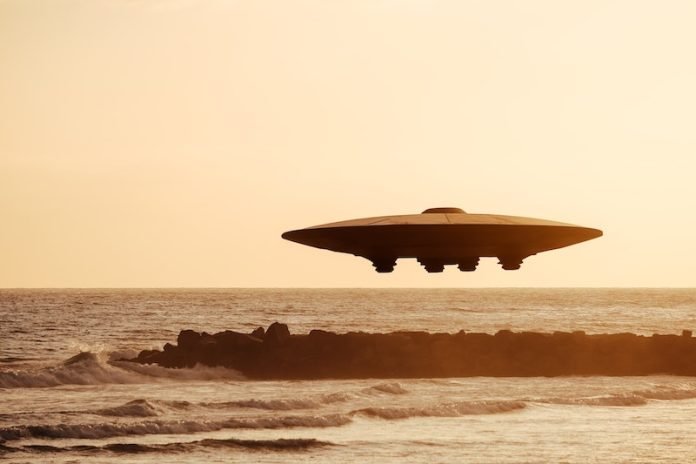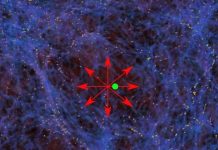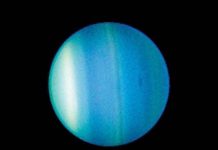
Is there life beyond Earth? Are UFOs really alien spaceships? NASA is diving into these questions with a more scientific approach.
After a year-long study, NASA has released a report suggesting that it’s time to put science at the forefront of UFO discussions, while also admitting that studying these unidentified phenomena will require fresh scientific methods and new technology.
Changing the Conversation About UFOs
The term “UFO” often raises eyebrows and sparks conspiracy theories. But NASA wants to change that. They prefer the term UAP, or “Unidentified Anomalous Phenomena,” to steer clear of the sensationalism that usually surrounds UFOs.
According to NASA Administrator Bill Nelson, the aim is to “shift the conversation from sensationalism to science.” The agency plans to use an open and transparent approach to study these mysterious sightings.
Nelson emphasized that while the study found no evidence of extraterrestrial origin for these UAPs, the sheer size of the universe makes the existence of another Earth-like planet very likely.
“If you ask me, do I believe there’s life in a universe that is so vast… my personal answer is yes,” he said. The question about whether the government is hiding information about aliens was met with a straightforward “Show me the evidence.”
New Tools for a New Study
NASA doesn’t usually look for UFOs, but they have a bunch of satellites orbiting Earth that can help figure out if something strange in the sky is just unusual weather.
Now, they’re thinking of going beyond that. The report suggests that to study UFOs properly, we’ll need advanced satellites and new scientific methods, especially the use of artificial intelligence and machine learning.
These tools are great for picking up rare events, which UFO sightings certainly are.
To spearhead this focus on UFO research, NASA has even appointed a special director.
However, the agency is keeping their identity a secret to protect them from threats and harassment, which have been faced by panel members during the study.
Are Most UFOs Just Ordinary Objects?
The team working on the study didn’t get to peek into any top-secret files. They used unclassified data to examine UFO sightings, and according to panel chairman David Spergel, most of these can be easily explained.
Planes, drones, and balloons, along with weather conditions, account for the majority of UFO sightings.
In summary, while NASA’s report makes it clear that they haven’t found any extraterrestrial life, it does suggest that the study of UFOs or UAPs should be taken more seriously and scientifically. With a universe as big as ours, who knows what we might find?
Follow us on Twitter for more articles about this topic.
Copyright © 2023 Knowridge Science Report. All rights reserved.



